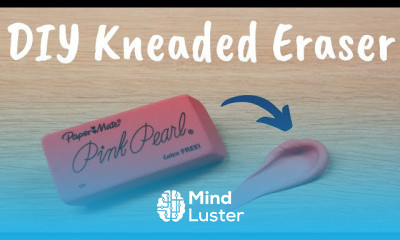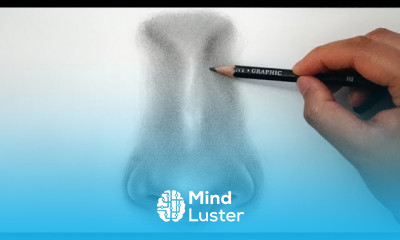How to Paint Sunset with Soft Pastels | Epi 2
Share your inquiries now with community members
Click Here
Sign up Now
Lessons List | 4
Lesson
Comments
Related Courses in Drawing
Course Description
Soft pastel techniques and tips.
We want to inspire you – with our finest quality and rich colors. Have you ever tried drawing with soft pastels? If you have, then you already know how much fun it is to create pictures with soft pastels. We want to encourage you as a beginner: soft pastels allow you to draw casually and spontaneously. Not everything will be perfect from the word go, but it does not matter because soft pastel drawings can be easily corrected. Practicing the techniques shown below and doing creative work will reward you with a sense of delight. Get started now and give all the techniques and tips here a try!
What a color!
Soft Pastel Art Tutorial
Are soft pastels used for drawing or painting? You can do both with soft pastels because the rectangular shape of the pastel sticks allows you to draw lines as well as color in areas. This blurs the boundary between drawing and painting.
You will notice it immediately on very gentle strokes: Applying soft pastels is a very spontaneous process and the color applied can be easily blended. This is because the pigments in a soft pastel are only minimally compressed and the soft pastel contains an extremely low percentage of binders. Soft pastels can create such flowing and soft gradients like no other drawing or painting mediums.
Faber-Castell soft pastels are available in two lengths: the standard and the mini format.
The right paper
Not all papers are equal. So what is the right kind of paper for soft pastels? Textured, rough-grained papers that allow pigments to stick well to their surface offer the optimal adhesion. Smooth papers are less suitable for this. When starting out, try not to make things too difficult for yourself and choose special papers available in shops designed for pastels. Such papers offer the best possible surface and give you the freedom to fully concentrate on drawing.
Once you become slightly more familiar with handling pastels, you can also try using watercolor paper, canvas, pasteboard or wood as a substrate. Always make sure that the substrate used is acid-free in order to prevent the unpleasant yellowing of your picture.
Trends
French
Data Science and Data Preparation
Formation efficace à l écoute de l
Graphic design tools for beginners
Artificial intelligence essentials
Learning English Speaking
Essential english phrasal verbs
MS Excel
Electrical engineering for engineer
Build a profitable trading
American english speaking practice
Build a tic tac Toe app in Xcode
Design and Analysis of algorithms DAA
Python for beginners
YouTube channel setup
Marketing basics for beginners
Figma for UX UI design
Web Design for Beginners
Computer science careers
Magento Formation Français
Recent
Data Science and Data Preparation
Growing ginger at home
Gardening basics
Ancient watering techniques
Grow mushrooms
Growing onions
Veggie growing
Bean growing at home
Growing radishes
Tomato growing at home
Shallot growing
Growing kale in plastic bottles
Recycling plastic barrel
Recycling plastic bottles
Grow portulaca grandiflora flower
Growing vegetables
Growing lemon tree
Eggplant eggplants at home
zucchini farming
watermelon farming in pallets


















